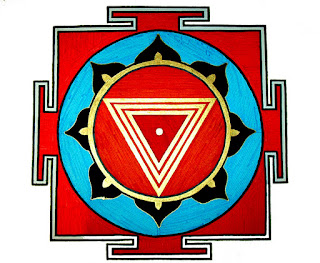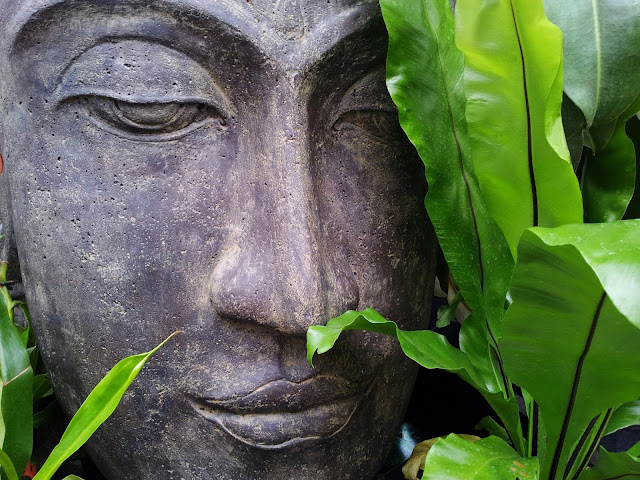The practice of meditation, though simple, requires much discipline and regularity.
Look closely at a symbol or object that catches your eye naturally. It can be a drawing, a statuette, a yantra (cosmic diagrams of Hinduism), etc. In Yoga, we use the OM symbol to meditate. Look at that symbol and get involved with it. Watch it closely until you can keep it clearly in your mind, even with your eyes closed.
Start by choosing a serene place where you can sit comfortably and with an erect spine. It can be in a chair or on the floor with legs crossed. Sitting on a small cushion helps keep your back erect. Wear clothes that do not squeeze or disturb. Lighting an incense or putting on a very smooth music can help create a peaceful atmosphere at first. After a while, you may want to dismiss them.
Avoid meditating when you are sleepy or very tired. You will be frustrated that you can not concentrate and become discouraged from your daily practice. A good time to meditate is in the morning when we are calmer and more rested. But this is also relative and very personal. If you feel that you get better results at night, choose this time.Start with ten minutes daily. Set a clock to wake up after this time so your mind can not sabotage you by believing that it's been longer than ten minutes.
Do not move during this time. The body is like a pot and the mind is the water inside it. Moving the container causes the water to move too, and remember, what you want is for your mind to remain still and still.
Attention should be focused on the object of meditation (breathing, a symbol, etc.) without this requiring great effort. If you disperse, bring your attention gently to the chosen object. One of the simplest exercises is to observe the breath. Feel the air coming in and out of your nostrils. Follow your path throughout your body. Notice the movements of the belly, the chest. See if there are movements or sensations in the pelvis, legs, head, etc. Be with the air all the time.
Anything that happens will be fine. If there are a lot of thoughts running through your head, if you feel like crying or laughing if you think you'll never be able to concentrate, fine. Just sit still and, when possible, turn your attention to the object you are meditating on.
When in touch with nature, sit in front of a landscape and observe it. Listen to the sounds, see the colors, feel the aromas but do not give names to things or analyze them: "that smell must be that flower", "how beautiful the shape of that mountain", "the sound of these birds makes me so chilled out...". Just listen, see and feel without creating phrases in your mind, without chattering internally.
Sit in front of a window and let the light invade your body. Feel the light penetrating the top of your head and flowing through your body. Keep your attention on this flow.
Repeat the OM mantra for the entire time of your meditation. Mantras are sounds that bring a certain quality of energy to those who vocalize them. The mantra OM is one of the oldest in Hinduism and its quality is balance and serenity. It brings us energy and helps clear the mind.
 |
| YANTRA |
Sit in silence and pay attention to every sound that comes around you. Listen to everything at the same time. Do not dwell on any of them. None is more important than the others, none is better or more pleasant. Do not judge, just listen. Avoid relating them to the objects or beings that produce them. Let yourself hear the pure sound and realize its intrinsic quality.
You can meditate with the colors too. Ask your body what color it needs to be in harmony. Accept any color that comes to mind. Imagine a great stream of light of this color flowing over you or plunge into an ocean dyed with the chosen color. Do not worry about "seeing" the color, you can just feel it with your inner senses.
Observe your thoughts and try to perceive the space that exists between one and the other. Even in a completely confused mind, thoughts arise and disappear leaving a brief space between them. Discover this space, even for just a second. Watch it and you will realize that it will begin to expand. By entering that blank, you will be beyond the mind.



